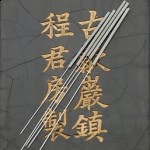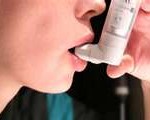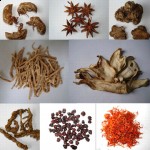Did you hear the news? A new study on ginger root found this Chinese herbs helps reduce colon inflammation and may reduce colon cancer risk.
The interest in Chinese herbs is growing all the time. New studies on the cancer prevention properties on herbal remedies which have been used for centuries are multiplying. Westerners are learning some of the age old practices well known in Asia for centuries. Ginger is used both as a food and as a medicine in Asia cultures.
“Interest in this is only going to increase as people look for ways to prevent cancer that are nontoxic and improve their quality of life in a cost-effective way,” said lead author Suzanna Zick in a news release. Zick is a naturopathic doctor and a research assistant professor at the University of Michigan Medical School.
This latest study on ginger root supplements found that evidence of ginger’s benefits (2 grams daily) after just 28 days of use. The participants were at normal risk for cancer of the colon, they had no family history of the disease and no evidence of the disease. The participants underwent sigmoidoscopies at the beginning and end of the study. Researchers examined colon inflammation levels and found that those taking the supplements had a drop in colon inflammation markers as well as a tendency toward substantial decreases in other markers.
Ginger is often used for indigestion, nausea, upset stomach and digestive difficulties in Traditional Chinese Medicine. It is very common to find a small amount of ginger root (2-3 grams ) in many Traditional Chinese herbal formulas to help balance and harmonize a formula of many herbs. I always keep some frozen ginger root tucked away in the freezer, just in case.
More articles on Ginger here:

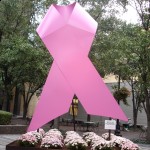
 Although it may seem like men do not understand the pains of a woman’s monthly cycle, they suffer from it just as much as women do. But let’s face it — men can’t imagine the burden of a monthly period just like women could never fathom the pain of being kicked in the groin. And why would we want to?
Although it may seem like men do not understand the pains of a woman’s monthly cycle, they suffer from it just as much as women do. But let’s face it — men can’t imagine the burden of a monthly period just like women could never fathom the pain of being kicked in the groin. And why would we want to? 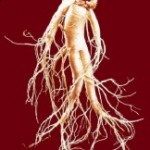
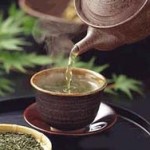 This remarkable research conducted at Yale University is incredible news for Americans. Asian societies, on the other hand, have used these Chinese herbs for generations and understand that boiling peony root, with licorice root, red dates and skullcap root can help the gastro-intestinal tract especially when one is suffering from diarrhea.
This remarkable research conducted at Yale University is incredible news for Americans. Asian societies, on the other hand, have used these Chinese herbs for generations and understand that boiling peony root, with licorice root, red dates and skullcap root can help the gastro-intestinal tract especially when one is suffering from diarrhea.